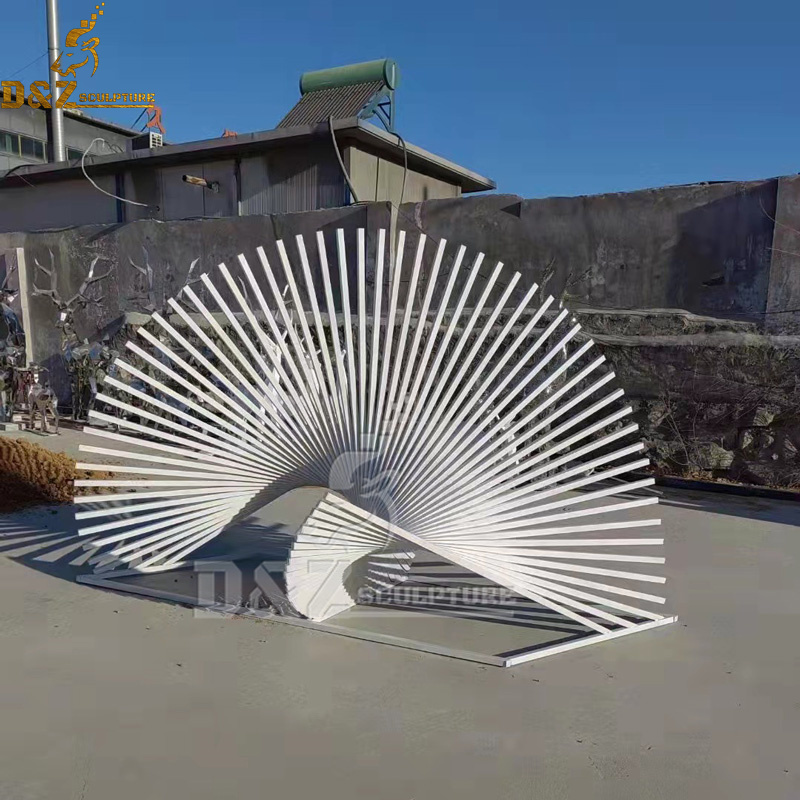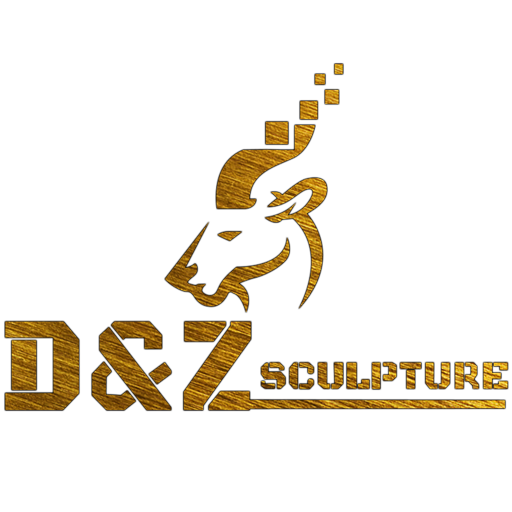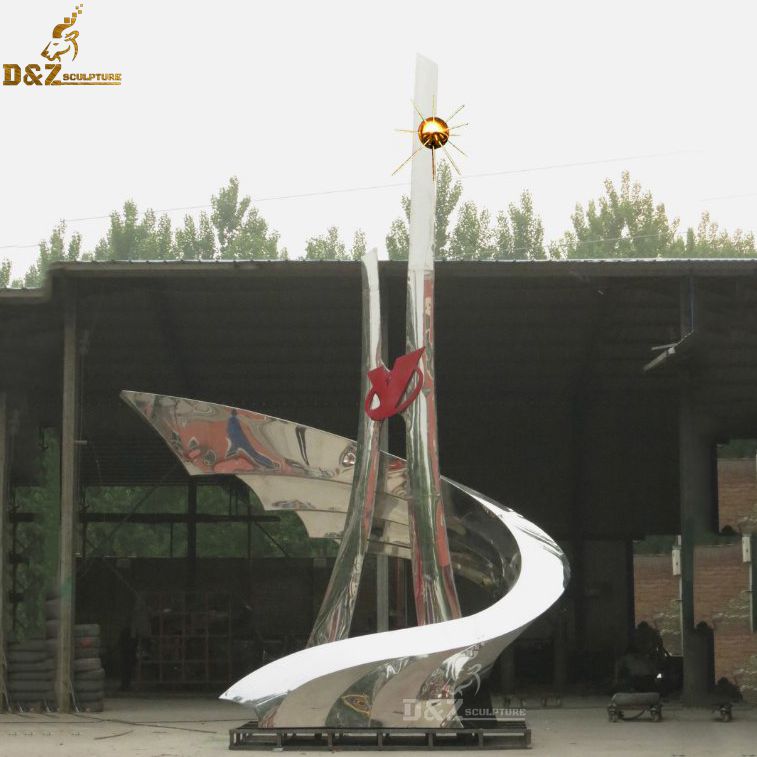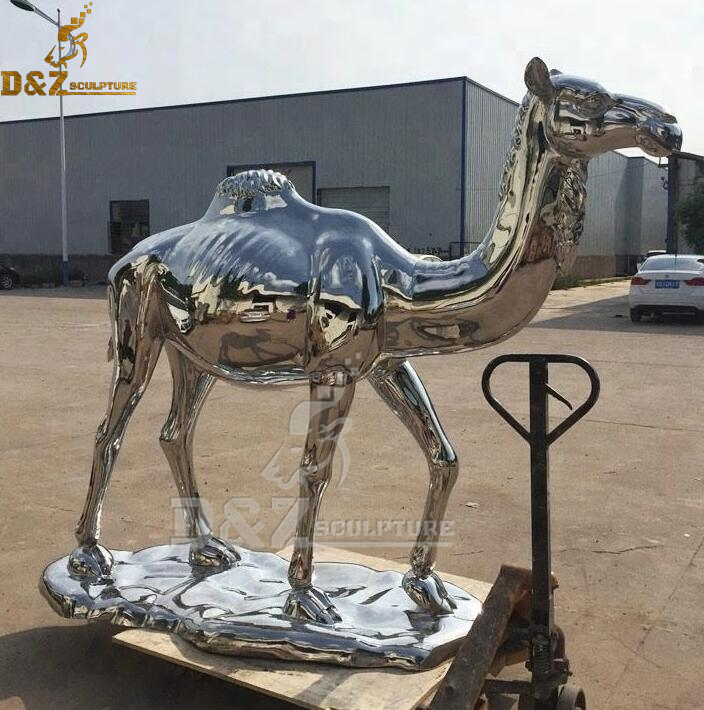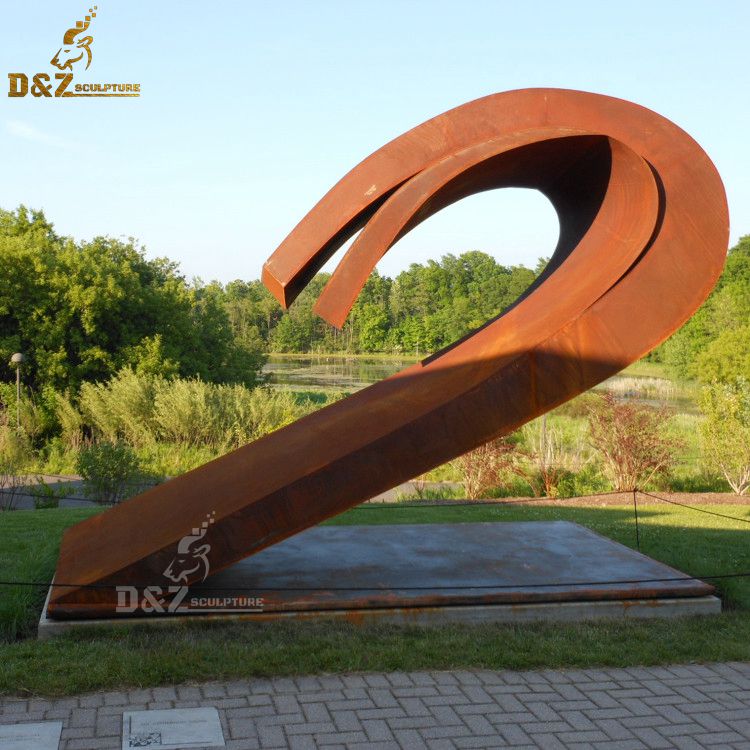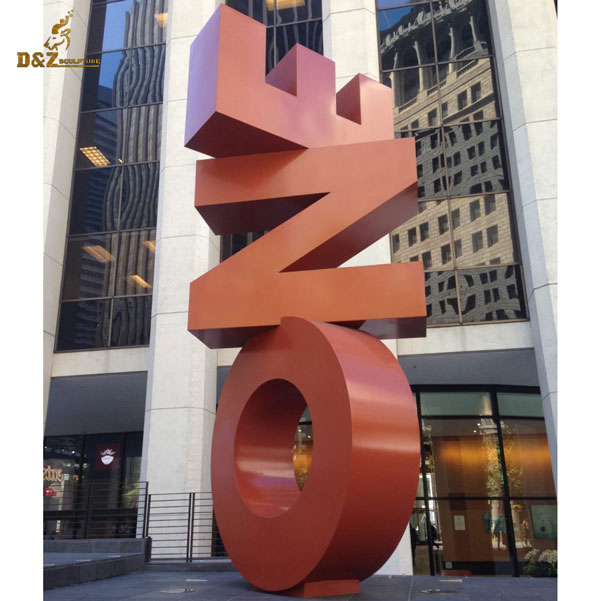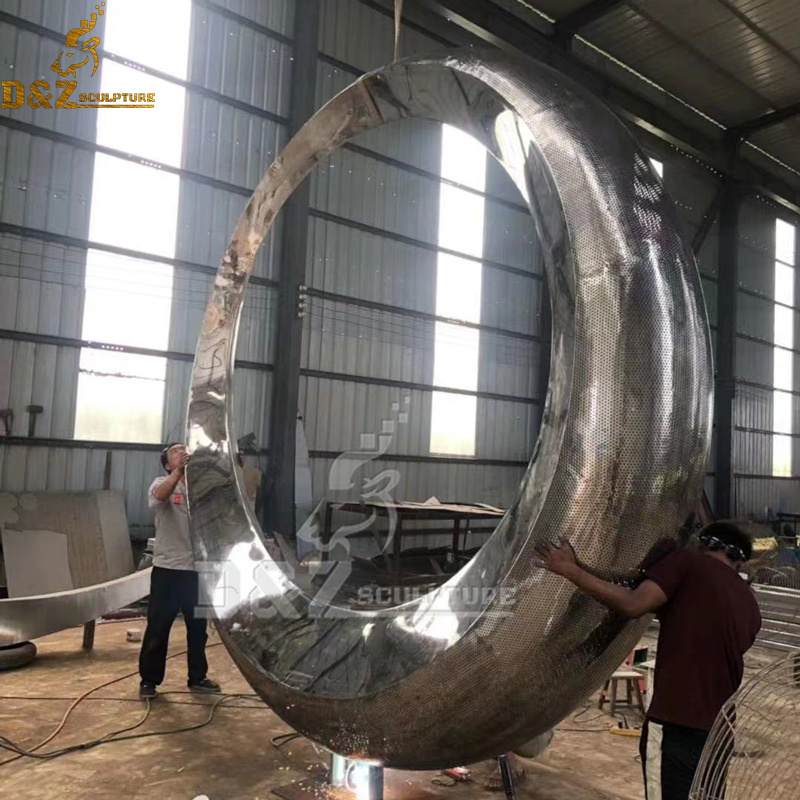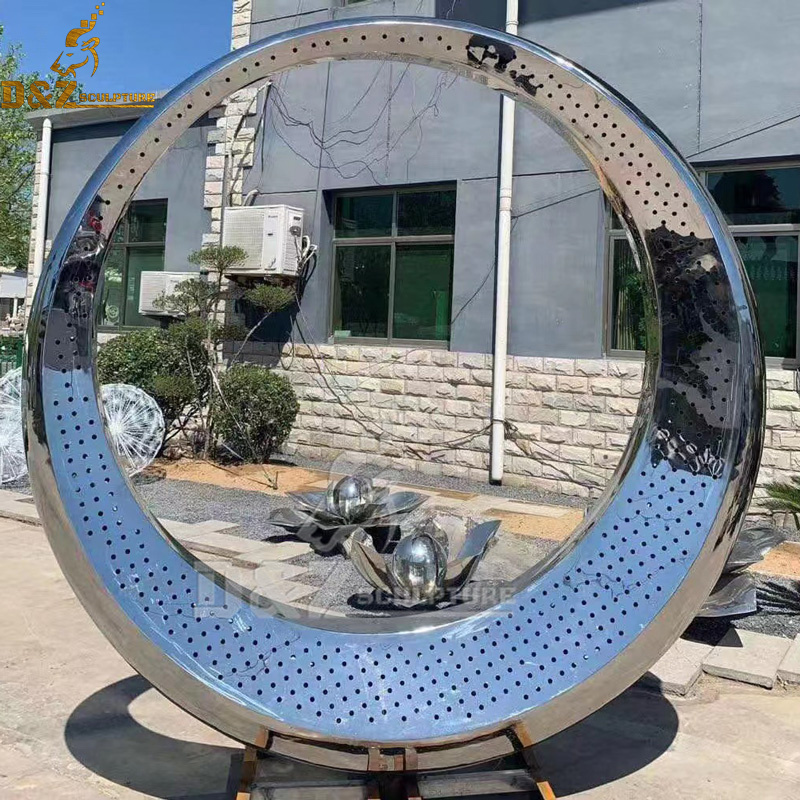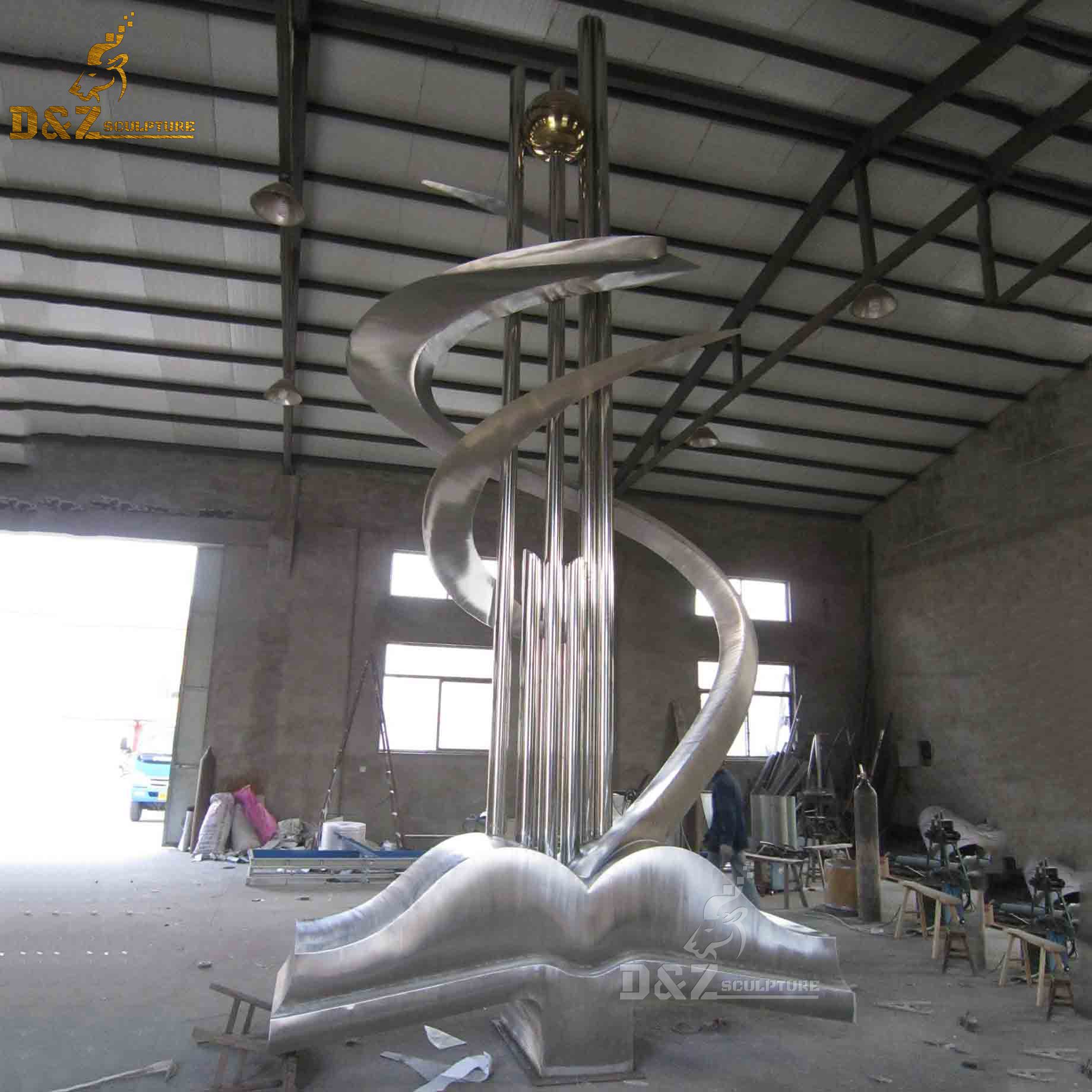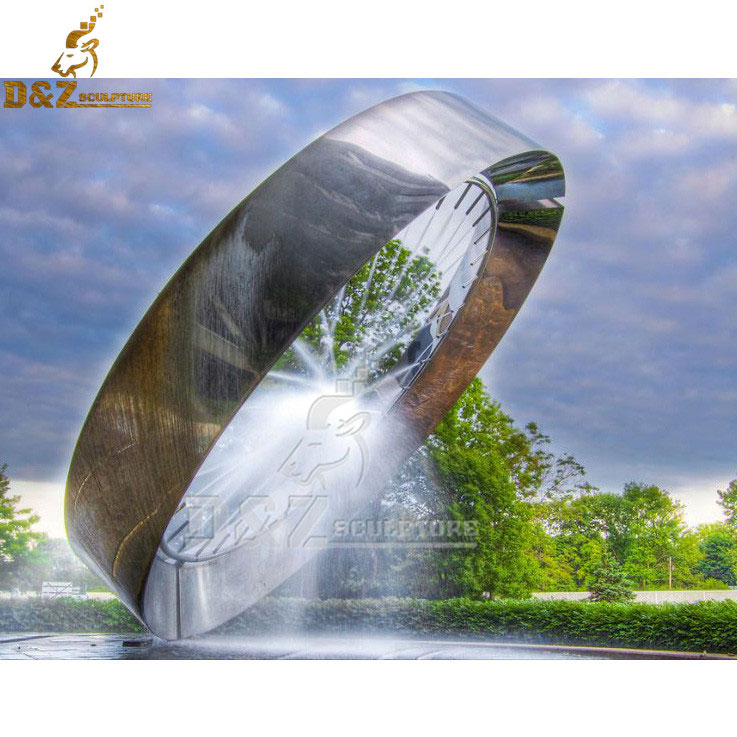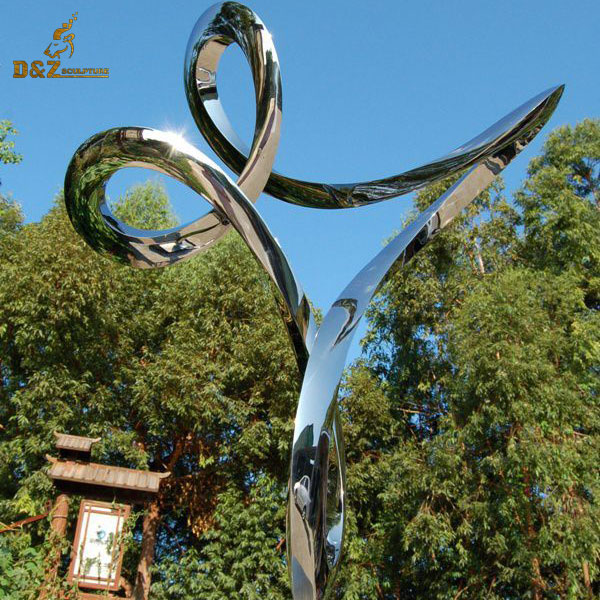stainless steel sculpture art white fan sculpture for sale DZM 1123
Product detail
Fan sculpture
Fans are air-inducing products, a must-have in summer. Chinese traditional fan culture has a profound cultural heritage and is an integrated part of Chinese culture. It is closely related to bamboo culture, Taoist culture and Confucian culture. The earliest fan in history is the royal ceremonial fan used by the court of the 4th Dynasty in ancient Egypt, dating back more than 4,500 years, and the ceremonial fan and ostrich ivory rod ceremonial fan unearthed from the royal tomb KV62 in the Valley of the Kings in Egypt dating back 3,300 years.
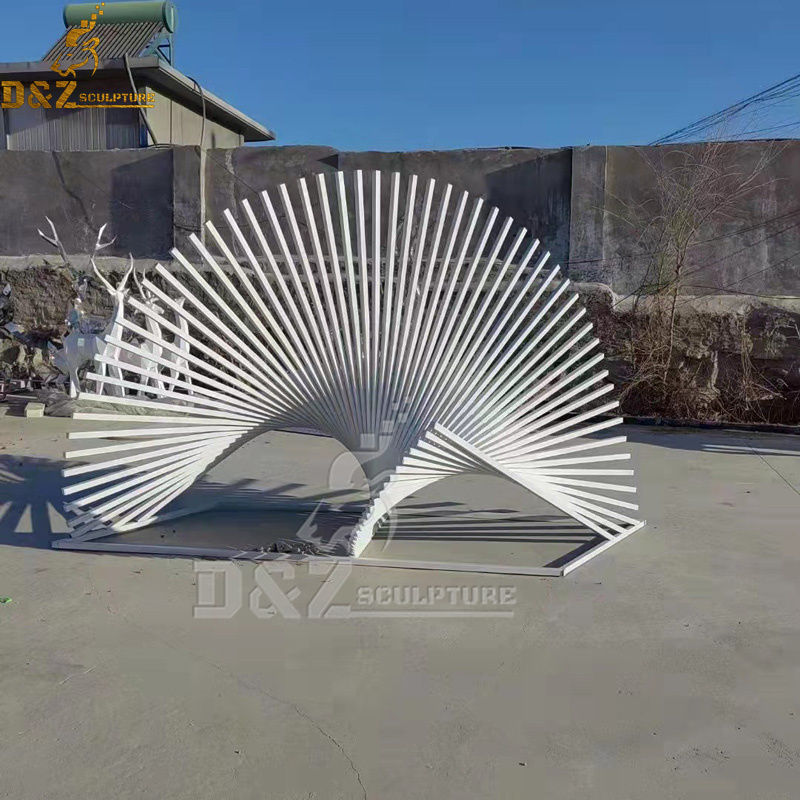
The types of fans include Feather Fan, Pu Fan, Pheasant Fan, Tuan Fan, Folding Fan, Silk Palace Fan, Nijin Fan, Black Paper Fan, Sandalwood Fan and so on. The fan-making techniques included in the national intangible cultural heritage list include Jiangsu Suzhou Sandalwood Fan, Zhejiang Hangzhou Wangxingji Fan, Chongqing Rongchang Folding Fan, Sichuan Zigong Gong Fan, Guangdong Xinhui Kui Fan, and Huzhou Feather Fan. In Japan, there are cypress fans and bat fans.
In the history of fans, it was originally called “Wu Ming Fan”, which is said to be made by Yu Shun. Jin Dynasty Cui Bao’s “Ancient and Modern Notes Yufu” records: “Wu Ming Fan, Shun made. After receiving Yao Chan, wide open audio-visual, asking people to help themselves, pretending to be Wu Ming Fan. Qin, Han Gongqing, scholar-bureaucrat , all can use it. Wei, Jin Feichengyu (emperor) can’t use it.” That is to say, Shun once made Wuming fans in order to broaden the audio-visual and seek talents. It was used from Qin to Han Dynasty. Zhang played this fan to show the outside world that he wanted to attract talents, but it became the exclusive use of the emperor during the Wei and Jin Dynasties. In the Yin and Zhou dynasties, a “Zhai fan” appeared, which was made of colorful pheasant tail feathers, so it was called “feather fan”. “Erya” said: “The wood is called the door, and the reed is called the fan.” From this, it can be speculated that the early fans may be rectangular reeds. The early fans were not used to cool off, but were used as a ceremonial tool for rulers, so they were also called “ceremonial fans”. After the Qin and Han dynasties in China, the shapes of fans were mainly square, round, hexagonal, etc. The fabric of the fan was made of silk woven. Because it was widely used in the palace, it was also called “Gong Fan”. It was popular in the world in the Sui and Tang dynasties. Mainly wan fans and lupine fans, and a small amount of paper fans. After the Song Dynasty, folding fans gradually became popular. During the Ming and Qing Dynasties, Zhejiang, Suzhou, Sichuan and other places were rich in folding fans, and inscriptions and paintings were also popular here. This superb technique was introduced to Europe from the Ming Dynasty and then became popular all over the world.
In the long history, in addition to daily use, small fans have also nurtured the wisdom of Chinese culture and art. . Fans are generally used to fan the wind and remove heat, but when you think about it, it seems that fans are not only used to fan the wind and remove heat, but also have some other uses.
Fans combine carving, weaving, knitting, calligraphy and other artistic techniques. The two fan handles on both sides of the folding fan, commonly known as big bones or big sides, are engraved with calligraphy and paintings; there are many fan bones in the middle, commonly known as small bones or hearts. There are many decorative techniques for fan bones, some with snails and some with lacquer. Among them, Venus coral is based on coral red lacquer, sprinkled with silver powder, and glitters like stars. There are about 100 types of fan heads at the bottom of the fan, including bamboo joints, plum blossoms, small vases, big hooks, and water chestnut round heads. The fan pendant is carved from jade, peach pit, olive pit, or plaited with tassels, swaying and swaying. The embroidered fan cover is beautiful, wear-resistant and practical. On the fan surfaces of sandalwood fans, bone fans, ivory fans and shell fans, fine patterns are hollowed out. The pyrographs on the fans of the sunflower fan and sandalwood fan have different shades of ink and have a quaint style. Fans have many uses. In addition to enjoying the cool air in summer, they are also used as props for performances such as Pingtan, opera, dance, and folk art.
Park sculptures refer to ornamental objects and monuments with certain meanings, symbols or pictograms that are carved and shaped for the beautification of the city or for commemorative purposes. Sculpture is a type of plastic art. Urban landscape sculpture, we can simply understand it as the sculpture that exists in the city. Urban landscape sculpture exists in the urban public landscape environment, so we also call it public sculpture, landscape sculpture and environmental sculpture. On the one hand, urban landscape sculpture is used for the decoration and beautification of the city; on the other hand, it is also an important carrier of urban culture. The emergence of urban landscape sculpture not only enriches the urban landscape, but also enriches the spiritual enjoyment of urban residents. An excellent urban landscape sculpture can become the carrier of the city’s logo and symbol.
